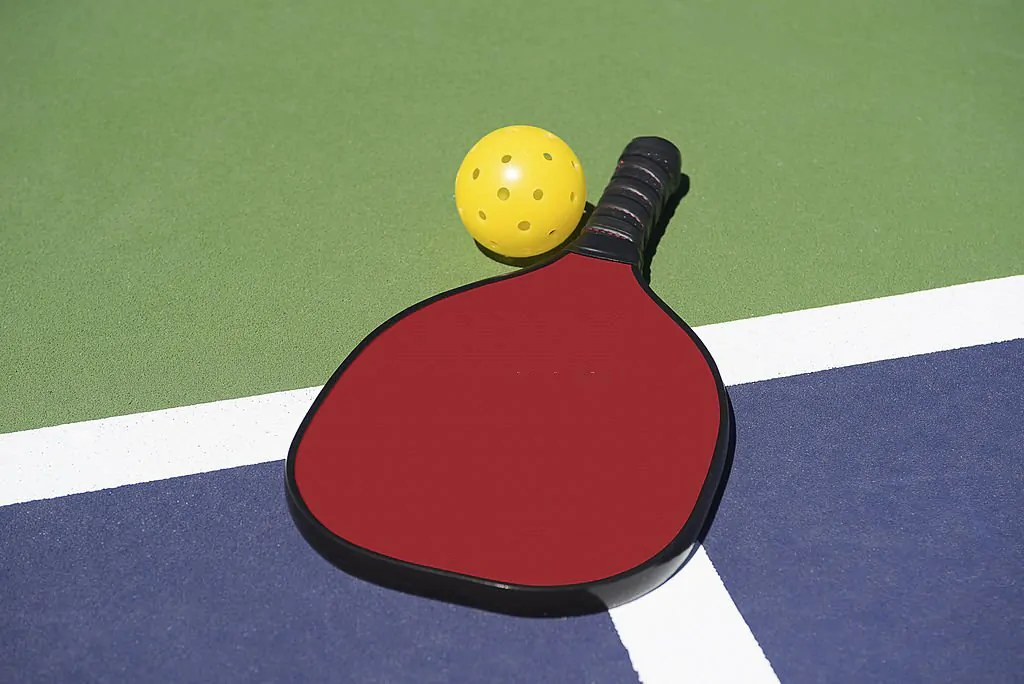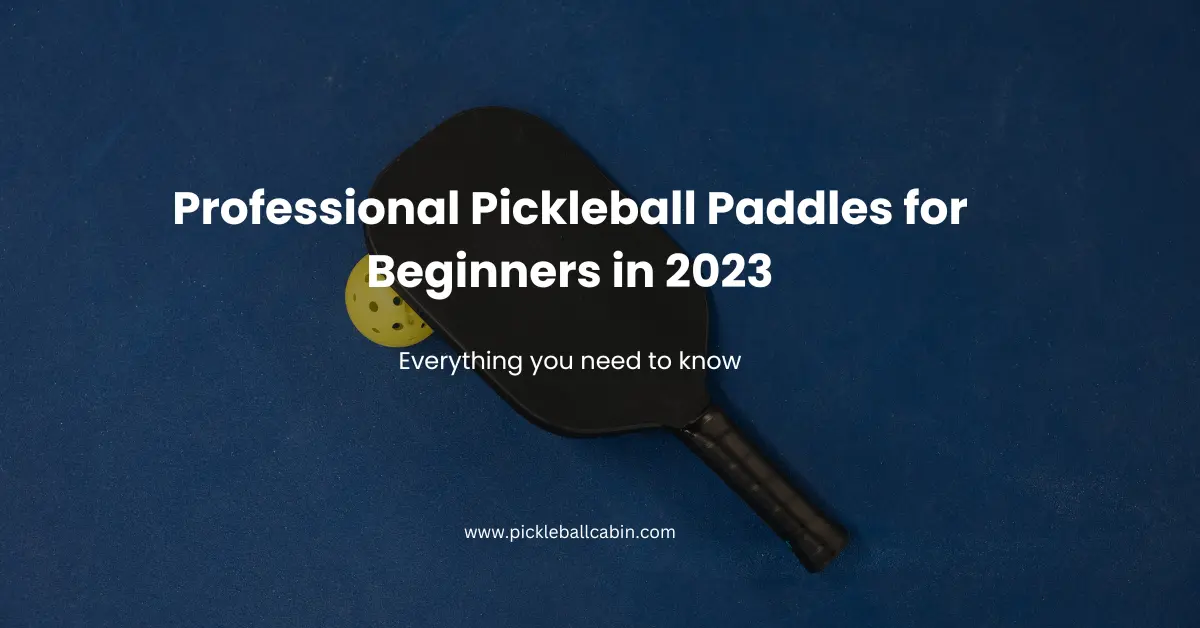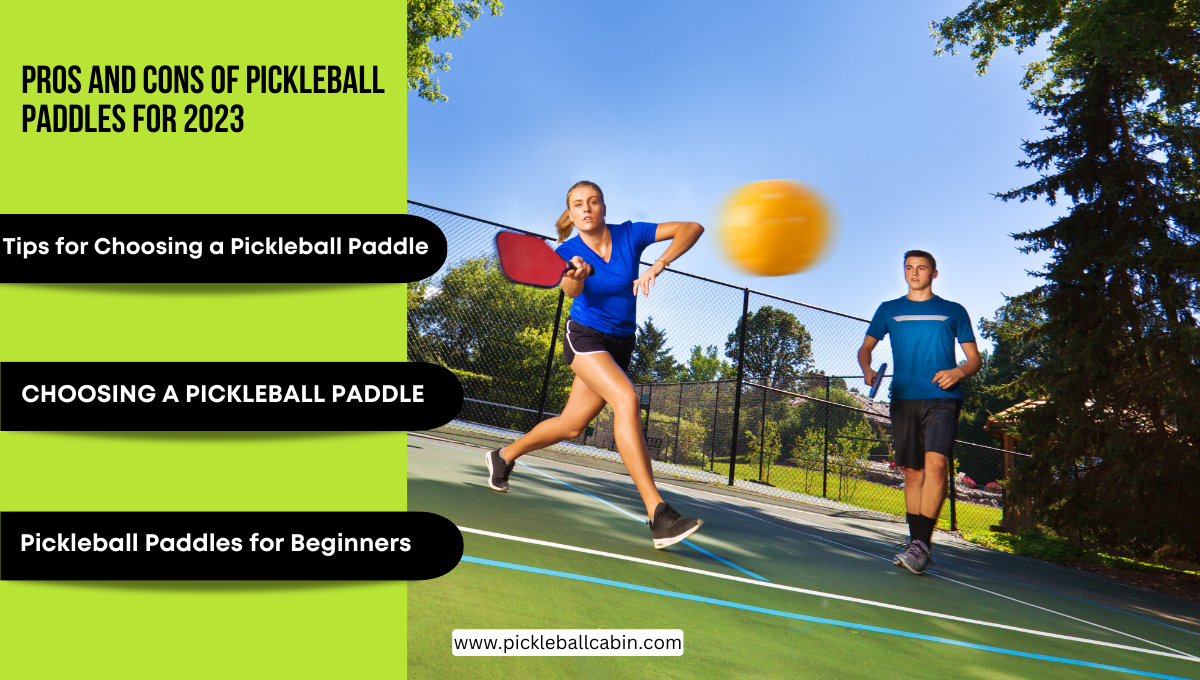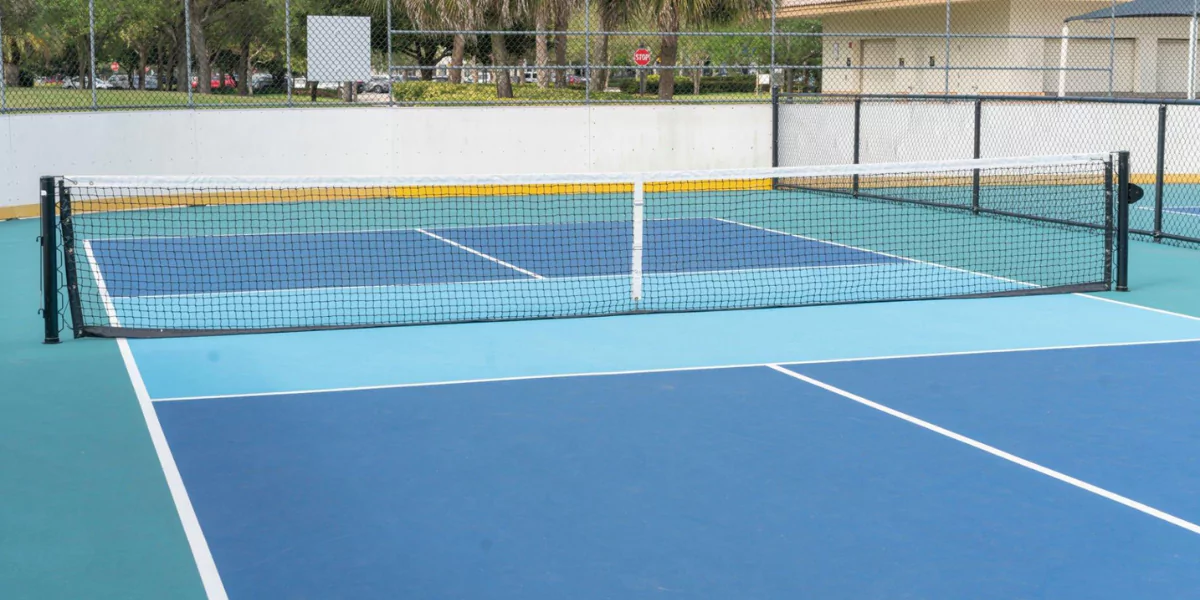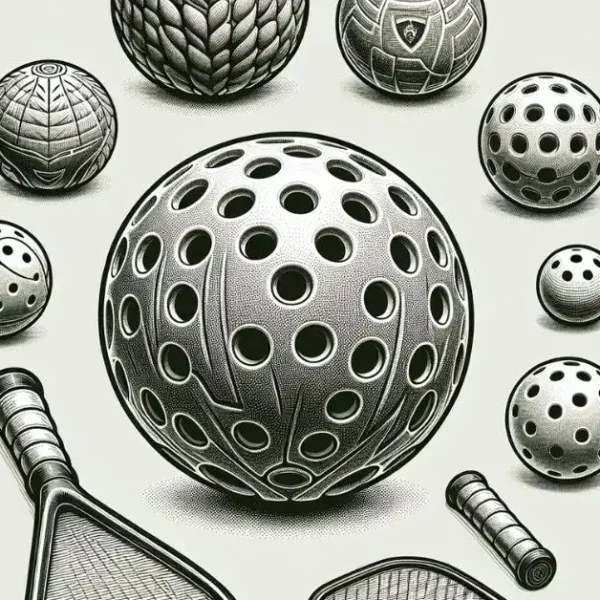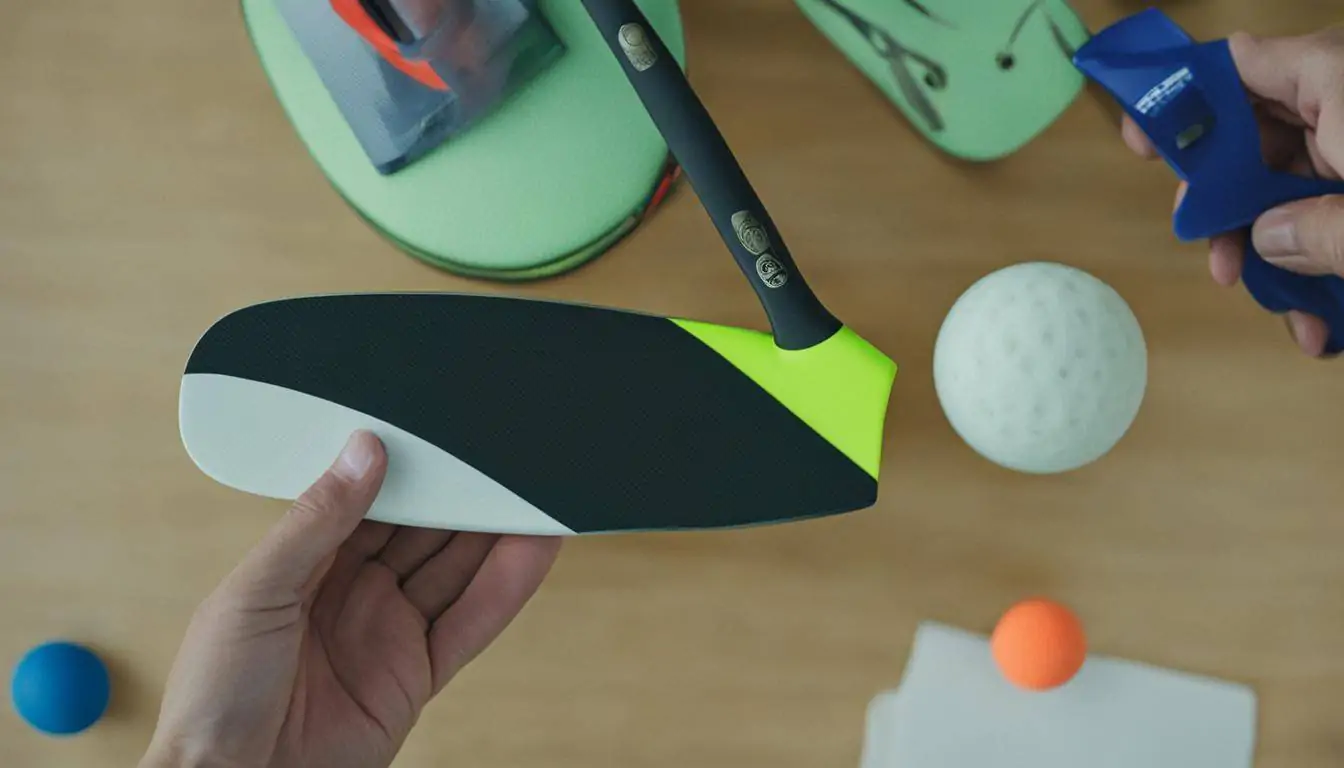Welcome to my guide on how to grip a pickleball paddle! As a seasoned pickleball player, I know just how important a proper grip is to your game. Not only does it affect your control and accuracy, but it can also impact your overall comfort and endurance on the court. In this section, we’ll explore the benefits of a good grip and walk you through the steps to achieve one.
First things first, let’s talk about why a proper grip matters. A good grip allows you to have more control over the paddle, which means you can direct the ball more precisely. It also helps reduce the strain on your hand and wrist, preventing fatigue during long matches. By mastering your grip technique, you can improve your game and take it to the next level.
Key Takeaways:
- A proper grip can improve your control and accuracy in pickleball.
- A good grip reduces strain on your hand and wrist, increasing your endurance.
- Mastering your grip technique can take your game to the next level.
Understanding Pickleball Paddle Grips
Having a proper grip on your pickleball paddle is essential to your performance on the court. As you progress in your skills, it is important to experiment with different grip techniques to find the one that works best for you.
The Continental Grip
The continental grip is the most versatile grip for pickleball. It involves placing your hand in a position where the handle runs diagonally across your hand, with your index finger and thumb forming a “V” shape around the handle. This grip is great for control and allows for easy transition between forehand and backhand shots.
The Eastern Forehand Grip
The eastern forehand grip involves placing your hand on the paddle handle with your index knuckle at the bottom and your thumb wrapped around the handle. This grip is commonly used for forehand shots and provides more power and spin compared to the continental grip.
The Western Forehand Grip
The western forehand grip is similar to the eastern forehand grip, but with a slight variation. Instead of having your index knuckle at the bottom, it is moved up the handle slightly. This grip provides even more power and spin, but can be more difficult to control.
When deciding on the best grip for your pickleball paddle, consider your playing style and skill level. Players with a more aggressive play style may prefer the eastern or western forehand grip, while those who prefer control may prefer the continental grip.
Mastering Pickleball Paddle Grip: Control, Power, And Accuracy For Optimal Performance
Step-by-Step Guide: How to Grip a Pickleball Paddle
If you want to take your pickleball game to the next level, mastering your grip technique is essential. Here’s a step-by-step guide on how to grip your paddle correctly:
- Start with the base: Place the base of your pickleball paddle in the palm of your dominant hand, with the handle running diagonally across your palm.
- Close your fingers: Close your fingers around the handle, making sure your thumb is flat against the paddle face.
- Position your fingers: Slide your fingers up the grip until they reach the end of the handle, making sure to keep them close together and in contact with the paddle.
- Adjust wrist angle: Adjust your wrist angle so that it is bent slightly forward, or towards the net. This will help provide greater control and power when hitting the ball.
- Slightly loosen grip: Now, slightly loosen your grip so that you can rotate the paddle in your hand. This will help you adjust the angle of the paddle face as needed during gameplay.
- Check your grip: Double check that your grip is comfortable and secure, with no slippage or twisting of the paddle while holding it.
It’s important to note that there is no one right way to grip a pickleball paddle, as the best technique may vary depending on your playing style and skill level. Experiment with different techniques and grip sizes to find what works best for you.
Now that you know how to grip a pickleball paddle, keep practicing and perfecting your technique. Maintaining a consistent grip throughout your game will not only help improve your accuracy and power, but also prevent injury and strain on your hands and wrists.
Mastering How To Grip A Pickleball Paddle For Optimal Performance
Improving Grip on Your Pickleball Paddle
As you progress in your pickleball game, you may find that there are still some challenges in maintaining a strong grip on your paddle. There are a few things you can do to improve your grip and enhance your overall control and maneuverability on the court:
Grip Sizing
One factor that can greatly affect your grip is the size of your pickleball paddle. If your paddle is too small or too large, it can be difficult to maintain a consistent grip. To determine the right size for your hand, measure the distance from the tip of your ring finger to the second line on your palm, and use this measurement to select the appropriate grip size.
How To Measure Grip Size For Pickleball Paddle: Guide & Tips
Exercises and Drills
There are several exercises and drills you can do to improve your grip strength. One simple exercise is to squeeze a tennis ball or soft ball in your hand for a few seconds at a time. You can also try practicing your grip on the paddle itself, squeezing it tightly between your fingers and releasing for several repetitions.
Another drill that can improve your grip is to play with a heavier paddle. While this may be challenging at first, it can help build the muscles in your hand and forearm, ultimately improving your control and power on the court.
Accessories
Finally, consider using accessories to enhance your grip. There are grip-enhancing tapes and overgrips available on the market that can provide an extra layer of texture and security. These accessories can also prolong the lifespan of your paddle by preventing wear and tear from repeated use.
By following these tips and techniques, you can improve your grip on your pickleball paddle and take your game to the next level. Remember to choose the right grip size, practice exercises and drills to strengthen your grip, and consider using accessories to enhance your overall control and comfort on the court.
Conclusion
Proper grip is crucial to mastering the game of pickleball. By using the correct grip technique, you can improve your control, maneuverability, and overall gameplay. Remember to experiment with different grip styles to find the one that works best for your playing style and skill level.
In addition to learning how to grip a pickleball paddle correctly, it’s important to maintain a consistent grip throughout the game. Use the tips and exercises we discussed to improve your grip strength and enhance your overall game.
Whether you are a beginner or an advanced player, mastering the art of gripping a pickleball paddle is essential to taking your game to the next level. So, practice, experiment, and have fun!
FAQ
Q: How important is a proper grip on a pickleball paddle?
A: A proper grip on your pickleball paddle is essential for maintaining control, power, and accuracy in your shots. It allows you to have a firm hold on the paddle, resulting in better shot placement and improved overall game performance.
Q: What are the different pickleball paddle grip techniques?
A: There are several popular grip styles used in pickleball, including the continental grip, eastern forehand grip, and western forehand grip. Each grip has its own advantages and disadvantages, and the best grip for you will depend on your playing style and skill level.
Q: How do I grip a pickleball paddle correctly?
A: Gripping a pickleball paddle correctly involves proper hand placement, finger positioning, and grip technique. We will provide you with a step-by-step guide on how to grip a pickleball paddle correctly, ensuring you have a solid and comfortable grip for optimal performance.
Q: How can I improve my grip on a pickleball paddle?
A: To improve your grip on a pickleball paddle, you can focus on grip size, hand strengthening exercises, and grip maintenance. We will discuss the importance of grip size and provide tips on how to determine the right size for your hand. Additionally, we will suggest exercises and drills to strengthen your grip and enhance control on the court.
